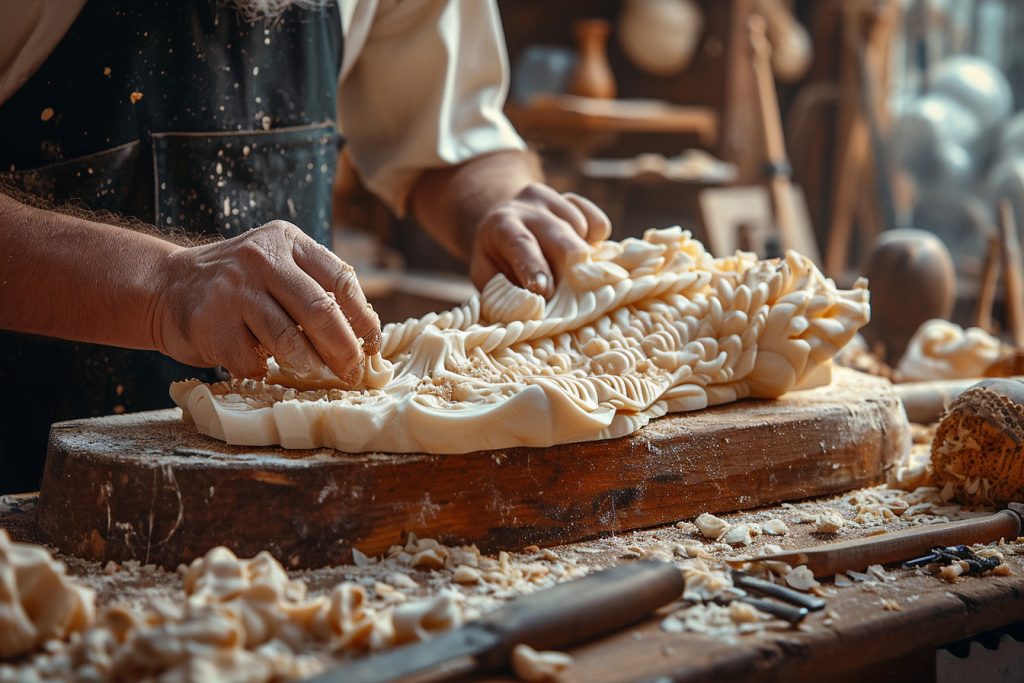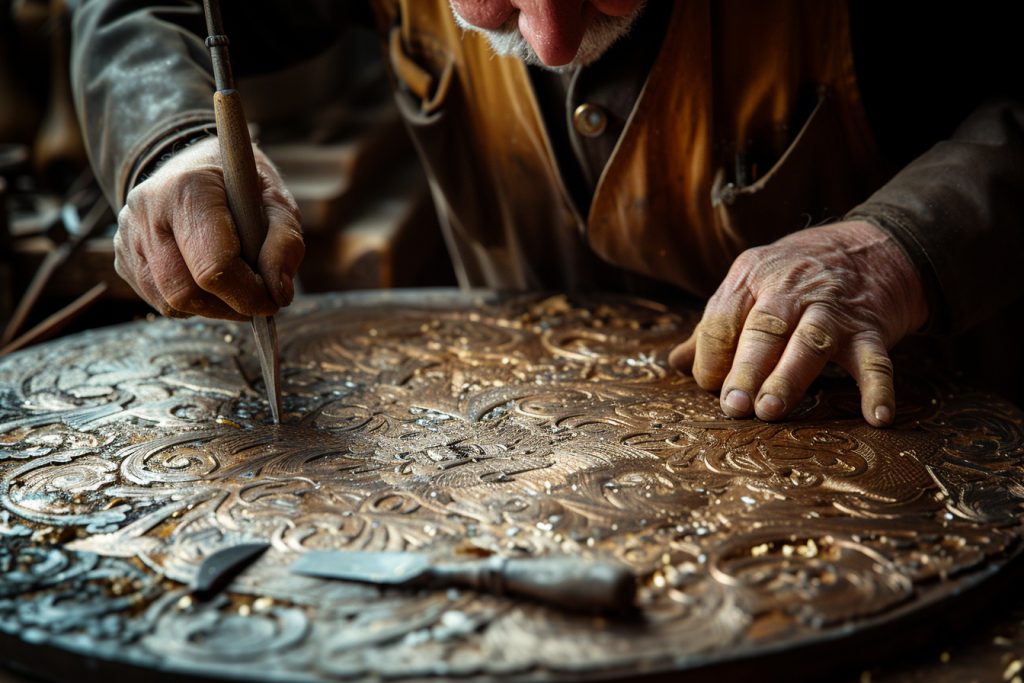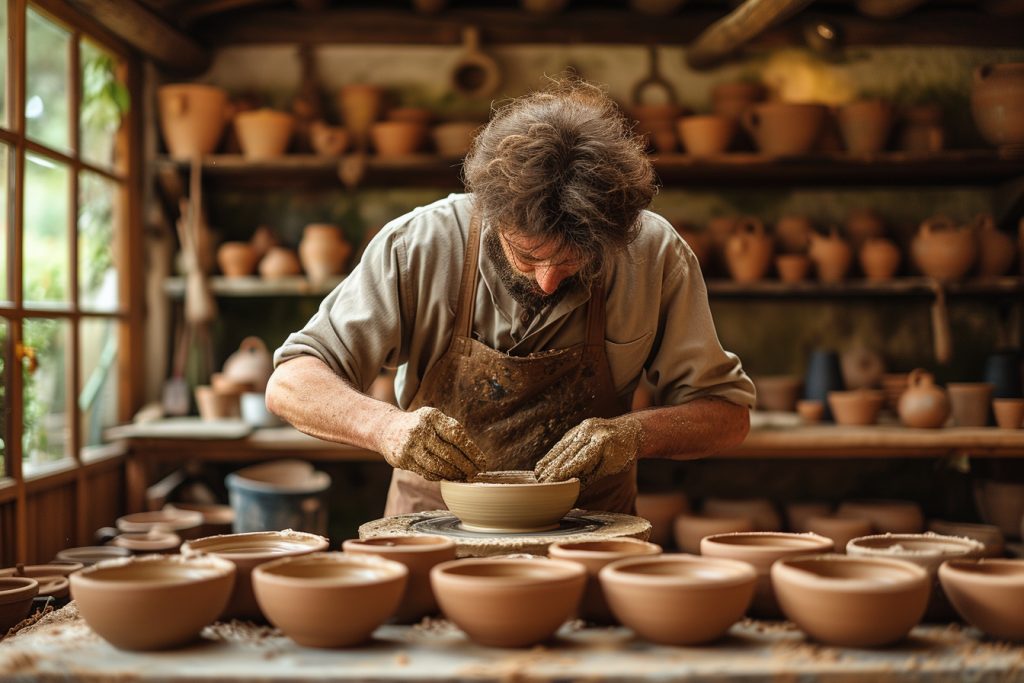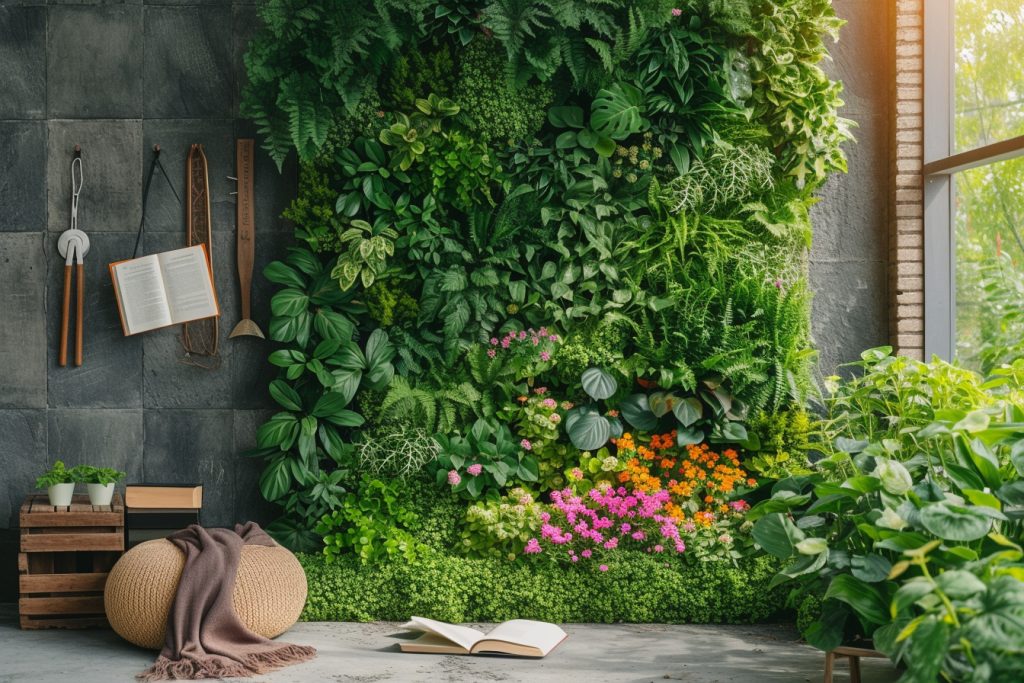Vegetable ivory, a term that might perplex those unacquainted with the nuances of botanical crafts, represents an eco-friendly and sustainable alternative to animal ivory. Derived chiefly from the seeds of the Phytelephas species of palm, commonly known as "tagua" in South American regions, vegetable ivory boasts a striking resemblance in color, hardness, and texture to elephant ivory. As the need for ethical materials surges, crafting with vegetable ivory emerges as an art form embraced by both hobbyists and professional artisans striving for conservation and creativity.
Historical context of vegetable ivory crafts
Harking back to the 19th and early 20th centuries, vegetable ivory gained popularity in the Western world. Initially, it found use in the production of small objects like buttons, dice, and jewelry. With the advent of synthetic plastics, the demand for tagua decreased significantly, yet it remains an esteemed medium among environmentally conscious artists and supporters of wildlife preservation.
Understanding vegetable ivory
Botanical origins
The tagua nut, or vegetable ivory, owes its existence to the tropical palm species thriving in the lush rainforests of South America. Upon maturing, the nuts harden naturally to a consistency that can be deftly turned, carved, and polished.
Environmental significance
Opting for vegetable ivory as a sculpting medium directly contributes to the conservation of rainforests and biodiversity. Since tagua palms propagate effectively in ecological corridors and native forests, they serve as a sustainable resource that doesn’t necessitate clear-cutting or mass cultivation.
Acquiring vegetable ivory
Sources of tagua
Artisans looking to work with vegetable ivory can source tagua nuts from specialty craft shops, online marketplaces, or directly from importers who specialize in ethically harvested materials. It’s imperative to procure nuts from reputable sources that ensure the ethical collection and fair trade practices.
Selection criteria
When seeking top-quality vegetable ivory, look for nuts that are uniformly hard and free of cracks or discolorations. These attributes indicate a mature nut that has been properly dried and is ready for sculpting.
Preparing to work with vegetable ivory
Tools and materials
Before delving into the craft, assembling a toolkit is essential. Quality carving knives, chisels, files, and dremels make the list for shaping and detailing. Sandpaper and polishing cloths are indispensable for achieving a smooth, glossy finish.
Safety considerations
As with any form of sculpting, working with vegetable ivory requires adherence to safety protocols. Protective eyewear, a dust mask, and working in a well-ventilated area are non-negotiable practices to prevent injury or inhalation of fine particles.
Basic techniques of vegetable ivory sculpture
carving
Carving is the fundamental technique where artisans subtract material to shape the vegetable ivory. It begins with rough cuts to define the overall form, progressing to finer details. A steady hand and patience are vital, as the dense material demands meticulous work for precision.
shaping
Shaping with files and abrasives allows for the modulation of the sculpture’s contours. Transitioning from coarser to finer grits smooths the surface, preparing it for final touches.
Drilling and hollowing
Drilling grants the ability to introduce complex elements like holes and cavities. Employing various drill bit sizes achieves depth variation and intricacy.
polishing
Polishing elevates the piece from a raw state to a lustrous object of art. Natural waxes and oils can enhance the sheen and protect the finished work.
Advanced sculpting techniques
Once familiar with the basics, artists may explore advanced methods such as inlaying, where contrasting materials are embedded into the vegetable ivory, and scrimshaw, which involves etching and inking to create detailed imagery.
Design and planning
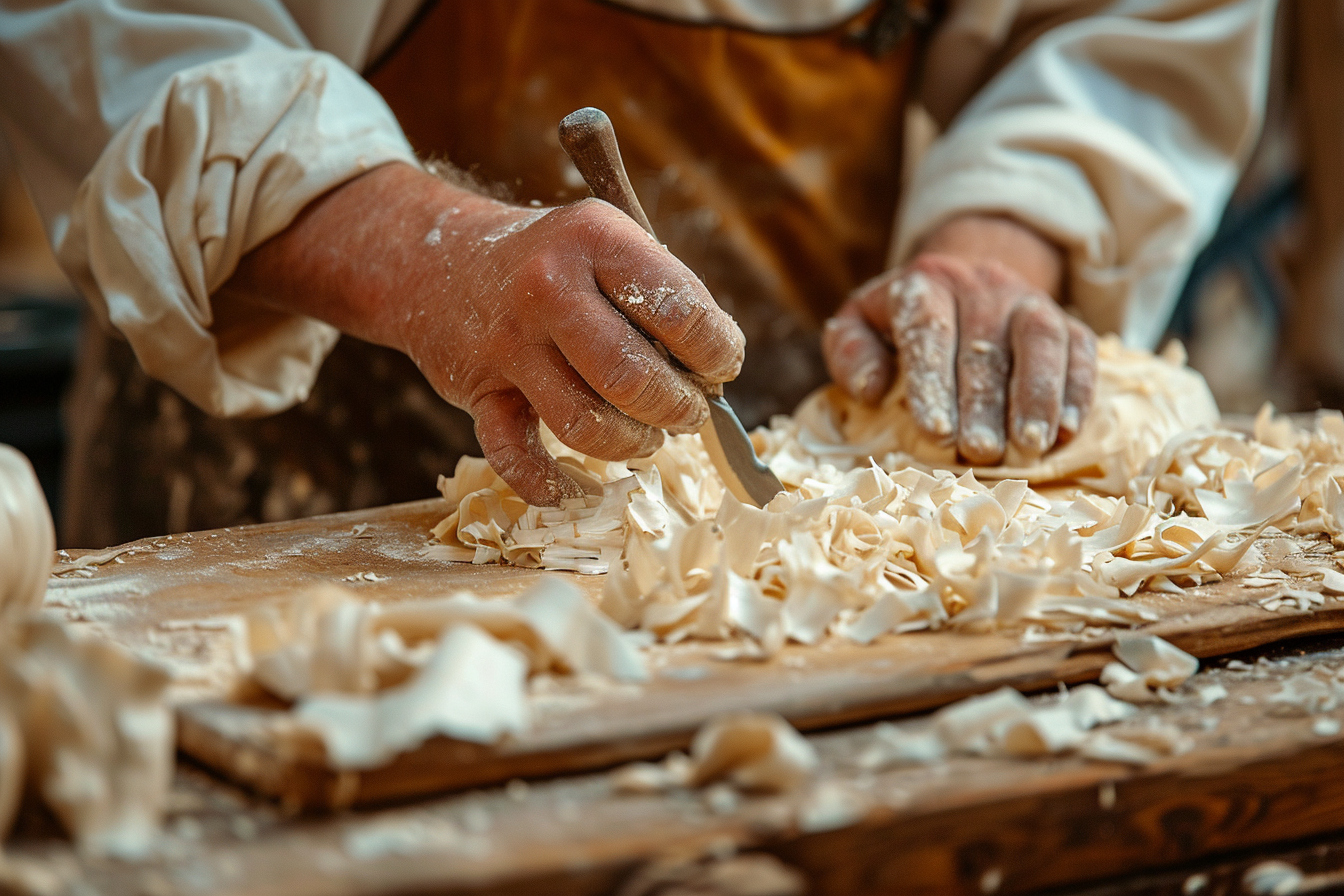
A successful sculpture begins with thoughtful design and planning. Artisans should sketch their intended piece, pondering the dimensions and symmetry required. Transferring these designs onto the nut ensures accuracy during the carving process.
Artistic themes in vegetable ivory sculpture
Vegetable ivory lends itself to a panorama of artistic themes. From wildlife representations that echo the material’s natural origins, to abstract pieces and cultural motifs, the medium offers infinite possibilities for expression.
Thematic deep-dive: wildlife representation
Examining the ideal of wildlife sculptures, vegetable ivory is intrinsically suited to this theme. Artisans capture the essence of the animal kingdom through careful observation of anatomy and movement, translating these insights into miniature representations. Animal forms carved from this material carry added significance due to the importance of preservation inherent in the medium itself.
Creative exploration
experimentation
Breaking away from traditional forms can lead artisans down innovative paths. Experimentation with combining vegetable ivory with other materials, or attempting unconventional techniques, can unearth novel artistic expressions.
Concept development
Those who delve deeper into the narrative potential find that vegetable ivory sculptures can embody stories or convey messages. Exploring themes such as social commentary or personal history through this medium can imbue the craft with profound meanings.
Cultural perspectives in vegetable ivory sculpture
In many cultures, ivory has held significance as a symbol of status and power. As artisans adopt vegetable ivory, they can reinterpret these cultural artifacts within an ethical and sustainable framework, creating modern heirlooms with reverence for historical craftsmanship.
The ethical dimension
An undeniable allure of vegetable ivory sculpture is its ethical dimension. Artists and collectors alike can appreciate the beauty of the craft without the moral implications associated with animal ivory. The use of this plant-based material promotes a kind of art that resonates with contemporary values.
Overcoming challenges
Sculpting with vegetable ivory is not devoid of challenges, such as adapting to its hardness or dealing with natural variations in the material. Through practice and perseverance, these obstacles can become stepping stones to mastery.
Learning resources
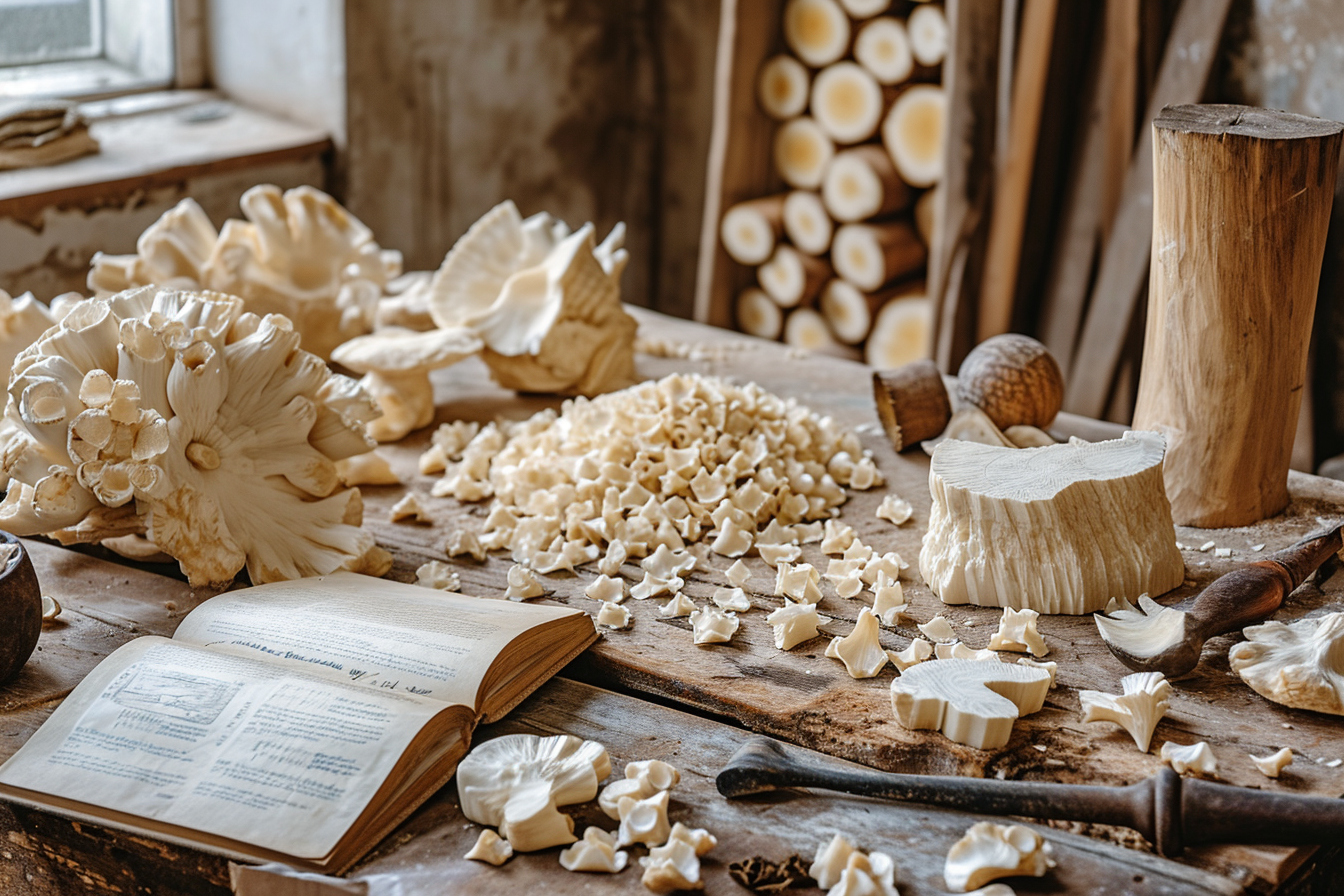
Classes and workshops
Attending formal classes and workshops offers structured learning and the opportunity to receive first-hand guidance from experienced instructors.
Online tutorials and forums
Online platforms offer a wealth of tutorials and community forums where aspiring sculptors can learn techniques, share experiences, and gain inspiration.
Books and publications
Several publications delve into the craft of vegetable ivory sculpture, offering detailed instructions, historical context, and showcase galleries of accomplished work.
The economical aspect
Professional craftspeople who master vegetable ivory sculpting may find a niche market for their creations. Ethical consumers and admirers of unique handicrafts are often willing to invest in pieces that align with their values and stand as works of art.
Mastering the art of vegetable ivory sculpture is a rewarding endeavor that combines technical skill with ethical awareness. As this material continues to garner interest in the arts and crafts community, it stands as a testament to the potential for beauty, creativity, and sustainability to coexist in harmony. For the determined learner, the journey toward proficiency offers a profound connection to nature and a fulfilling path of artistic expression.


